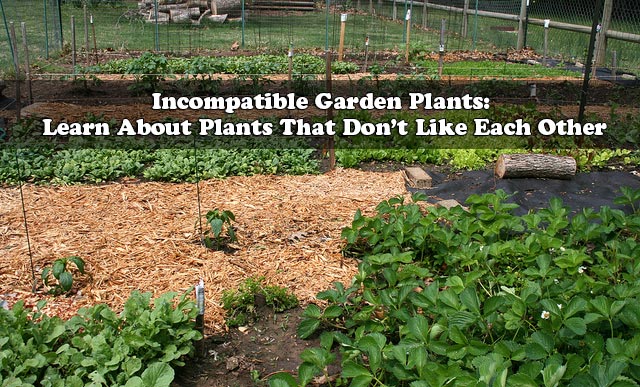Incompatible Garden Plants: Learn About Plants That Don’t Like Each Other

Make sure to like Living Green and Frugally on Facebook, Shop at amazon to help support my site and explore our PINTEREST BOARDS for innovative ways you can become self-sufficient.
When you getting ready to plant your garden, you must know that there are certain plants that do not like to be close together. It is important that you are not planting these plants near each other because it can affect the life of your plants. Using this guide from burpee.com will help you create a list of the plants that do not like each this will allow you to keep your plants in good companions.
Plants are relatively idle objects. They are rooted in one spot and don’t seem to have much control over their environment. In fact, however, relationships between plants are varied – similar to relationships between people :). Check out this article below to see which plants like to be near each other..
Incompatible Garden Plants: Learn About Plants That Don’t Like Each Other